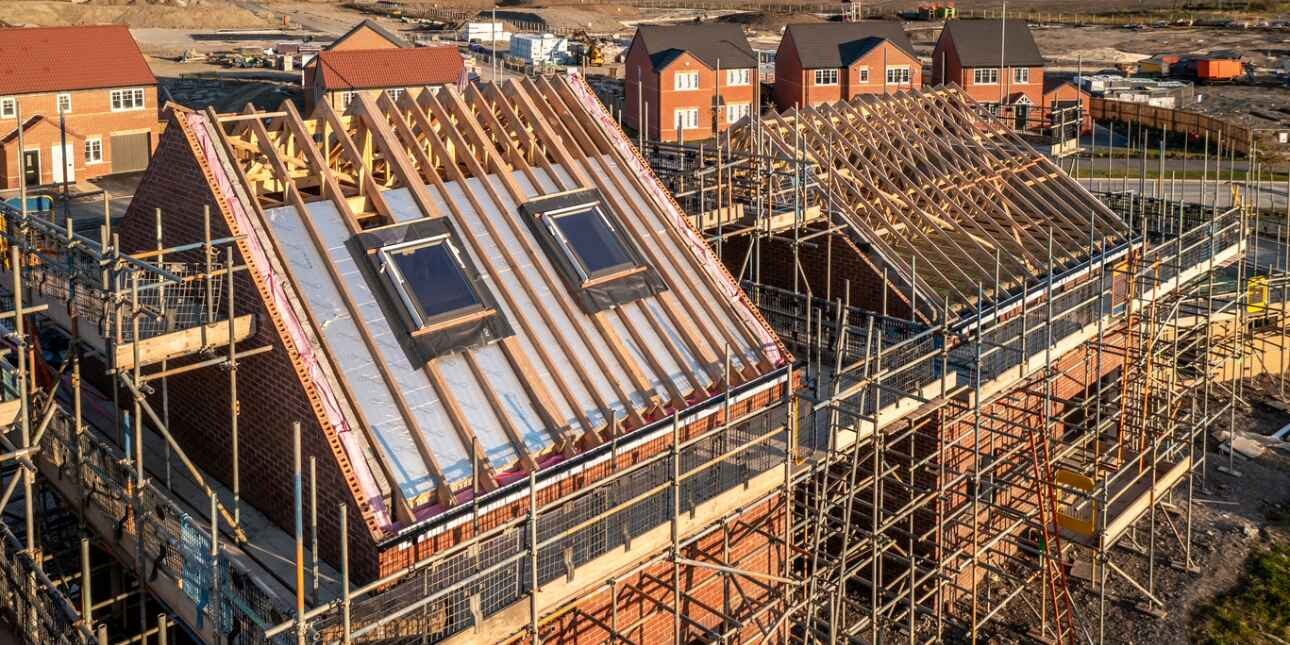New towns strategy must avoid making the same mistakes as HS2
PR teams working on the government’s flagship housing policy will need to communicate a clear vision with strong stakeholder management but that’s not as simple as it sounds.
A major announcement in infrastructure. Billions to be spent and a raft of community benefits. But already, pockets of negativity.
The government can’t deliver. Industry can’t deliver. It’ll cost too much. Communities are being sidelined and won’t get what they need...
The topic is the New Towns Taskforce Report. But it might as well be any major construction project in the UK.
Take HS2. A project that went billions over budget and saw cutbacks resulting in a much shorter route. Controversially, that included removing the northern leg linking Birmingham to Manchester and Leeds.
It was a clear failure of stakeholder management. Local opposition, often led by Conservative MPs, meant that over 30 miles of the 140-mile track was designed to be buried in expensive tunnels and cuttings. It added billions to the project cost.
Reactive messaging
The government failed to get its own team onside before it went to the public. With cracks showing, it was inevitable that a positive message wouldn’t land with communities. PR teams were already at a disadvantage.
However, even with that backdrop, it was a missed opportunity for communicators. Rather than focus on the vision and benefits of the scheme, the tone set by politicians and PR teams was an apologetic one. Messaging became too reactive, catering to an anti-development mindset.
Anyone involved in stakeholder management must learn the lesson for the New Towns project. This is a once in a generation opportunity for housing and infrastructure. As well as the broader social and economic regeneration narrative, there’s opportunity for construction too with new investment in skills, apprenticeships, and local SMEs expected.
But if you’re a communications professional working in this space, the task is not an easy one.
The report says that delivery bodies must demonstrate that local communities have been involved in shaping proposals and support plans. In parallel, it talks about streamlining the consultation process. So on the one hand, stakeholder engagement teams will be expected to work faster. On the other, meaningful engagement must still be achieved.
And many of us are jaded when it comes to development. We have seen money promised time and time again. We’ve had taskforces for high streets, eco towns, and “levelling up” within the last decade and the investment hasn’t landed.
Building credibility
We need honesty and transparency this time around. Consultations must communicate how decisions will be made, where funding will come from, and how local need and interests will be addressed.
More than that, PR professionals must recommend that the difficult questions are tackled up front to build credibility in the plans.
Difficult conversations about making sure that spending is equitable, affordability is prioritised (the government has set a target of 40% of homes to be affordable and already some groups are trying to get that reduced), and climate resilience, low-carbon energy solutions, and biodiversity are all addressed.
We should be clear on the economics and explain how land value capture will be used to fund affordable housing, infrastructure, and amenities.
And that honesty, transparency and dialogue should be maintained throughout every stage of the project, with the report calling for placemaking standards to be monitored and delivery bodies held accountable.
A lot will rest on these new delivery bodies. With the help of their comms teams, they must address these questions while also setting out a clear vision alongside a credible development plan. It’s what communities need, and investors too.
This must be balanced and realistic, but it also needs to be delivered with confidence.
Setting the right tone
Public consultations are often started apologetically, with the expectation of receiving nothing but objections. This sets the wrong tone. Concerns and differences of opinion are natural, but we need to keep the bigger picture in mind and harness trusted local voices to help us engage with those who will benefit most from these new towns.
Effort must also be made to reach the silent majority who don’t engage in debates about local planning. The risk is that a small minority are disproportionally represented within planning decisions, potentially weakening the overall vision and causing confidence to falter. Sell the vision successfully, and you’ll build advocacy and make a successful project more likely.
Step one is to show how the government’s ambition will translate into local benefits. If you’re working in a PR team in one of the 12 locations shortlisted, this needs to start now.
Get the communications approach wrong, and the chances of getting these new towns delivered are slim.

Dan Gerrella is associate director at LMC, a PR and communications consultancy specialising in the built environment. He is a CIPR Fellow, Chartered PR practitioner and a CIPR Corporate Affiliate member.
Further reading
Stamp duty storm: what the Rayner case reveals about adviser risk

